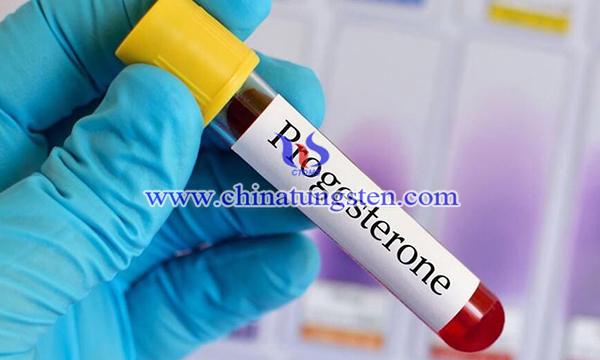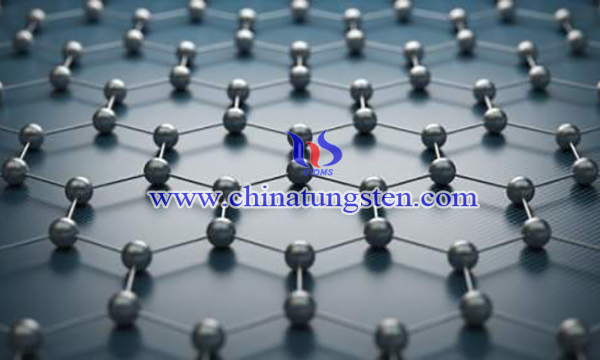WO3/Graphene Sensor for Progesterone Test
- Details
- Category: Tungsten Information
- Published on Saturday, 09 October 2021 23:45
Progesterone (PGT) are important hormone and it is endogenous-steroid and female sex hormone involved in the pregnancy, menstrual cycle, and embryogenesis of humans. Therefore, sensitive, and rapid detection of low concentrations in biological fluids has become increasingly important.
Furthermore, PGT is an important signal biomolecule for various biological and chemical processes. Studies on the electro-chemistry of PGT is significant as it regulates biological functions and play significant role in women health. Therefore a tungsten trioxide based material has been prepared for progesterone test.

The synthesis process of the sensor of WO3/Graphene sensor is as below: First, 20 mg of graphene oxide, which is typically synthesized, was added to a pre-prepared mixed solution of sodium tungstate in 50 mL of deionized water. Then 5mL HNO3 was added with stirring, and then sonicated for 15min. The suspension was sonicated at 50kHz in a 100W ultrasonic bath for 2 hours. Finally, WO3/Graphene nanocomposites were obtained by filtering and drying at 80°C for 12 hours. About 3 µL of WO3/Graphene nanomaterial dispersion solution (3mg/mL; ethanol/water; 50/50%) was dropped (3 times) on the pre-cleaned electrode surface. Finally, the WO3/Graphene modified electrode was dried at room temperature. In addition, the same products are used to manufacture control electrodes. Then, the modified electrode was applied to the electrochemical determination of PGT.Finally, the nanomaterial was characterized through the appropriate spectrophotometric techniques such as FESEM, HRTEM, XRD, XPS, EIS and electrochemical method.

Finally, WO3 modified graphene (WO3/Graphene sensor) nanocomposites have been prepared by simple sonochemical methods. It is suitable to be used in progesterone test. The results showed that the nanocomposite modified electrode exhibit well-defined electro-oxidation peak compared to bare and control electrodes, demonstrating the superior electrocatalytic ability and performances. The fabricated modified sensor was facilitates the analysis of PGT in the concentration ranges of 0.025–1792.5 µM with a low detection limit of 4.28 nM.
- Tungsten Oxide Manufacturer & Supplier, Chinatungsten Online: www.tungsten-oxide.com
- Tungsten News & Prices of China Tungsten Industry Association: www.ctia.com.cn
- Molybdenum News & Price: news.molybdenum.com.cn
- Tel.: 86 592 5129696; Fax: 86 592 5129797; Email: sales@chinatungsten.com



 sales@chinatungsten.com
sales@chinatungsten.com